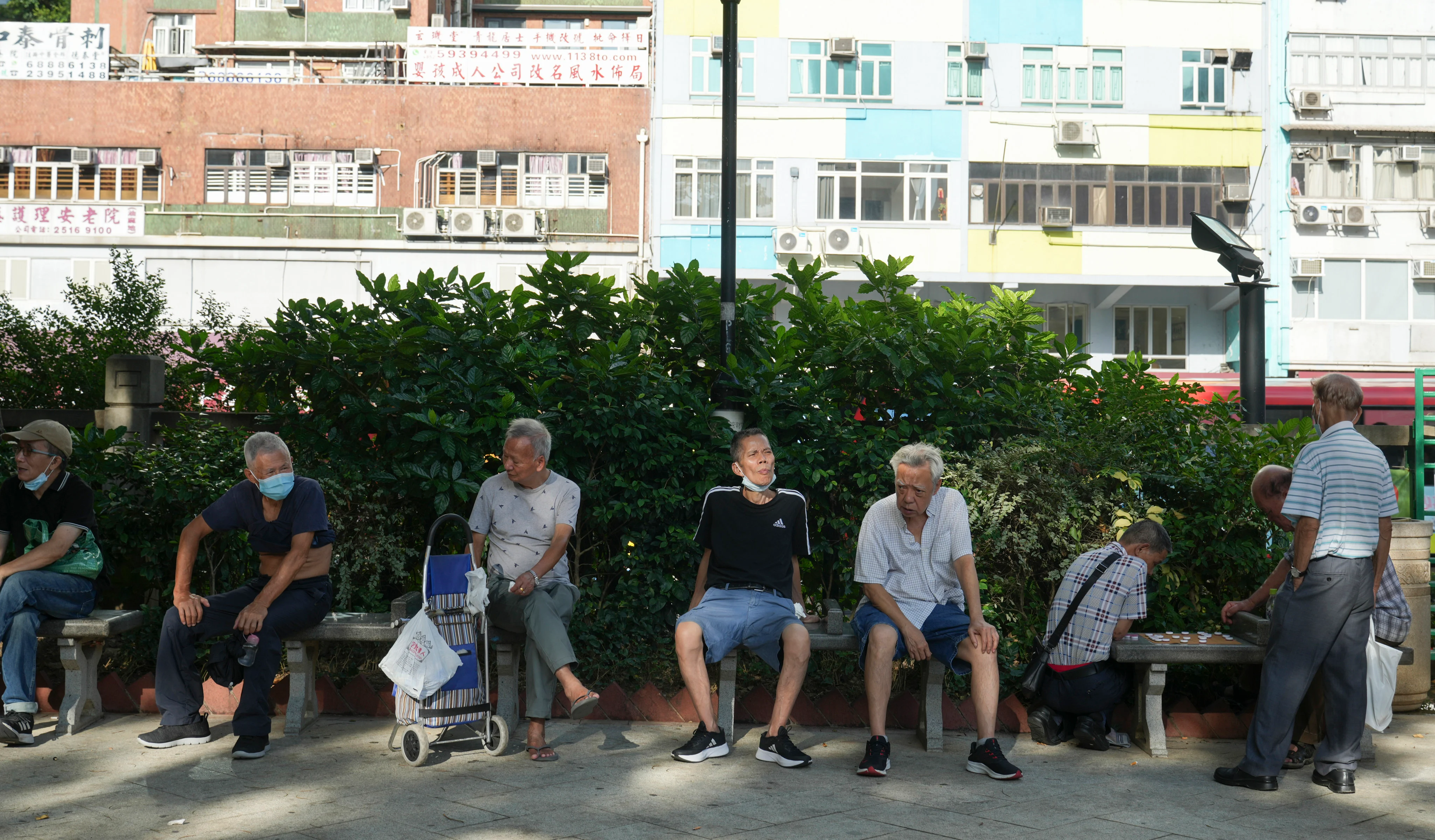By Emily Hung
Copyright scmp

Hong Kong authorities have pledged to allocate HK$500 million (US$64.2 million) annually for recurrent expenditure to support carers, including establishing a high-risk family database and installing accident detection systems.
Chief Executive John Lee Ka-chiu made this pledge on Wednesday while delivering his annual policy address, which included a range of measures to tackle the city’s rapidly ageing population and a rise in family tragedies.
“We do not have a concrete plan on how to spend the HK$500 million yet, but the direction is to enhance the capacity of current services and introduce new support services in the future, through integrating databases, identifying high-risk cases, and shoring them up,” a government source said.
“There are no [key performance indicators] for carer support measures because we will take a ‘service-driven’ approach.”
The proportion of Hong Kong’s elderly population is projected to reach 36 per cent by 2046, up from 20 per cent in 2021.
The Hong Kong Council of Social Services earlier forecast that the city had 1.3 million carers, accounting for about one-sixth of the population.
The source said 20,000 carers were currently covered in the database, with information provided by the Social Welfare Department, the Housing Authority and the Hospital Authority.
The data platform has enabled the government to provide prompt support when a carer is hospitalised and to send care teams to visit households deemed high risk.
The source added that data sharing was made possible by an exemption clause in the privacy ordinance, which applies when the usual rules’ application is likely to cause serious harm to one’s physical or mental health.
The government also plans to install an intelligent accident detection system for 300 high-risk households.
“While a wide range of monitoring devices are available – tracking things like water usage, electricity and door motion – public acceptance of them varies,” the source said.
“We intended to commission a university research team to conduct a study, testing how different combinations of devices could handle different [accident] situations, and giving recommendations.”
He added that the government hoped to cover a variety of households, including elderly singletons and couples, in the study.
Despite the seemingly substantial commitment to carer support, the authorities have also introduced several measures to engage the private sector in funding welfare services.
Another source said a public-private partnership model would be introduced on a pilot basis for two day care centres for the elderly in Lohas Park and Cullinan Sky in Kai Tak. Tenders would be invited next year.
The two welfare facilities, built by the government, will operate on a self-financing basis instead of receiving public funding.
The source added that the model aimed to target higher-income, better-educated seniors who had a greater demand for such services.
It would also allow service operators greater flexibility to meet demand driven by the silver economy.
The authorities will also launch a scheme to encourage family offices involved in philanthropic endeavours to fund projects benefiting disadvantaged groups.
“As the demand for welfare services continues to rise, the government’s resources could hardly catch up, underscoring the need to explore new sources of funding,” a government source said.
The source said that the scheme would connect family offices with NGOs proposing innovative projects, with the themes to be decided by the Commission on Poverty.
While family offices were already doing this without government involvement, he said the scheme would offer more “monitoring and recognition”, ultimately easing their efforts in ensuring NGOs meet their targets.
The Concerning for Home Care Service Alliance, an advocacy group for the elderly, disabled and their carers, said they welcomed the carer support measures but stressed that significant gaps in the safety net remained, resulting in ambiguous policies and underutilised resources.
“Without a clear definition for carers, the government could hardly provide comprehensive support to them,” the group said.
It urged the government to allow carers to volunteer to register on the database, enabling more targeted support policies based on their age, district and service needs.
“This is also an important recognition of the efforts of the carers,” it added.
The alliance was also concerned that the threshold for carer allowance had not been relaxed, making many of them ineligible simply because they received other subsidies such as disability and old age living allowance.
“Such exclusion is essentially ignoring the individual needs of carers,” it said, urging the government to review the eligibility criteria and demonstrate its support and recognition of carers.
Separately, the government announced that it would allow parents of newborns to claim an additional HK$130,000 tax allowance for two years after childbirth, up from the current one year, starting from 2026-27.
A government source said the measure would benefit 16,500 taxpayers annually and reduce revenues by HK$300 million. Parents who give birth on or after April 1, 2025, will benefit.
Lee said the government had no plans to relax a HK$20,000 baby bonus to cover non-locals as a means to attract talent. He said: “We welcome talent. And we hope they will settle here. That is why the measure is aimed at permanent residents. We are not a hotel.”
He said it was too early to judge the effectiveness of the bonus scheme, but hoped the new tax concessionary measures could encourage more parents to give birth.
Another measure to support childbirth is doubling places at public childcare centres over the next three years to 1,500.
Additional Reporting by Fiona Sun



